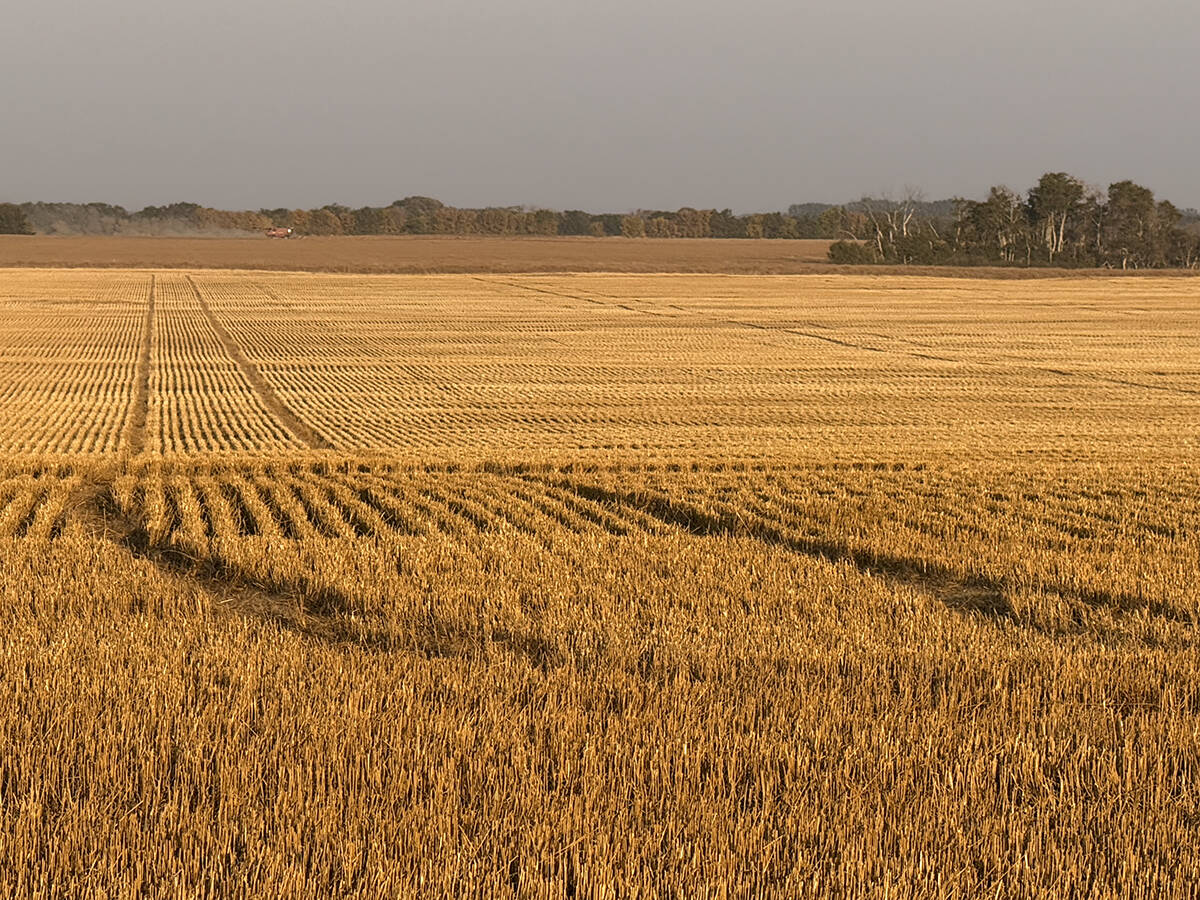It is the mystery of the disappearing agriculture jobs.
Statistics Canada said last week the agriculture sector has suffered the largest proportionate job loss of any Canadian economic sector during the past year as the recession settled in.
It reported that since January 2008, 32,600 jobs have been lost in agriculture. That 9.6 percent drop compares to 7.4 percent in manufacturing, although manufacturing numbers are much larger.
Liberal leader Michael Ignatieff used the data to ask his first agricultural question Feb. 11.
“Rural Canada is hurting,” he told prime minister Stephen Harper. “The government has to stop the bleeding and help Canadian farmers survive.”
Read Also

Final crop reports show strong yields, quality
Crops yielded above average across the Prairies this year, and quality is generally average to above-average.
Harper said the Conservatives are the only party to produce rural-friendly policies.
But is the agriculture sector really shedding tens of thousands of jobs?
Agriculture minister Gerry Ritz and a farm sector farm labour council doubt it.
“I have some concerns about how that is being reported,” Ritz told the Commons agriculture committee Feb. 10. “We can’t in my department seem to make the numbers add up the same as Statistics Canada did.”
Danielle Vinette of the Canadian Agricultural Human Resources Council said Feb. 11 that a CAHRC survey of farm employers shows a significant labour shortage in the next five years.
“I guess it depends on how you judge it, but our survey of 552 employers suggests there will be a need for 24,545 full-time workers by 2010 and 50,925 by 2013,” she said.
The full report is to be published in May but the executive summary says more than three in four of the farm employers surveyed said they already have an unfilled job on their operation.
“It was estimated that the current vacancy rate was nine percent.”
Statistics Canada presents a different picture.
It shows agricultural job losses as an integral part of January’s record-setting 129,000 Canadian job losses. The agency says agriculture contributed 8,400 to those monthly job losses.
Jason Gilmore from Statistics Canada said Feb. 10 the calculation is based only on employment in primary production, including aquaculture.
“It does not include food manufacturers or other links up the chain,” he said. “These are jobs related to primary production, producers and their employees.”
Adding job losses from the downstream food industry would add thousands more to the agriculture total.
Liberal agriculture critic Wayne Easter said the numbers are baffling because they do not seem to square with the CAHRC survey.
Still, he cited the number last week to argue the Conservatives should have used more of the deficit-spending stimulus budget to support agriculture.
“The highest proportion of jobs lost in any industry in this country was in agriculture, 9.6 percent of the jobs proportionately were lost in agriculture,” he said at committee Feb. 10. “That compares to 7.4 percent in manufacturing. So the stimulus package that the government put forward has very little stimulus for agriculture.”
Ritz said he questioned the numbers and wanted explanations from Statistics Canada before he would believe them. However, when first questioned about falling farm employment, the minister said the numbers are dropping because farms are getting larger.
Vinette from the agricultural human resources council said she questioned the figures because they may not have differentiated between part time and full time.
“Of course, our results come from late last year and a lot of things have changed,” she said. “But generally, the problem for our industry has been to find enough people to do the work.”
The council survey dealt with operations with income of $100,000 or more.
It estimated that farms with gross income of at least $100,000 employ approximately 244,500 and overall farm employment for all sizes of farm is 336,200.














